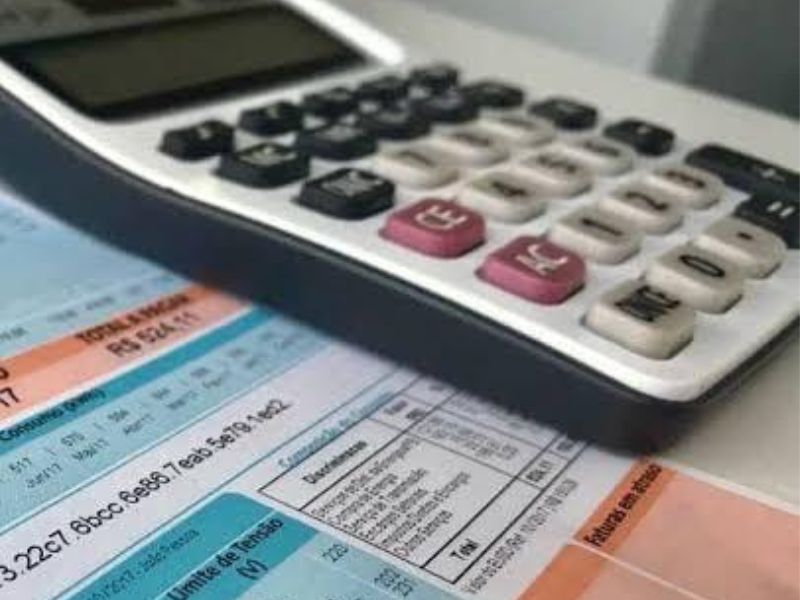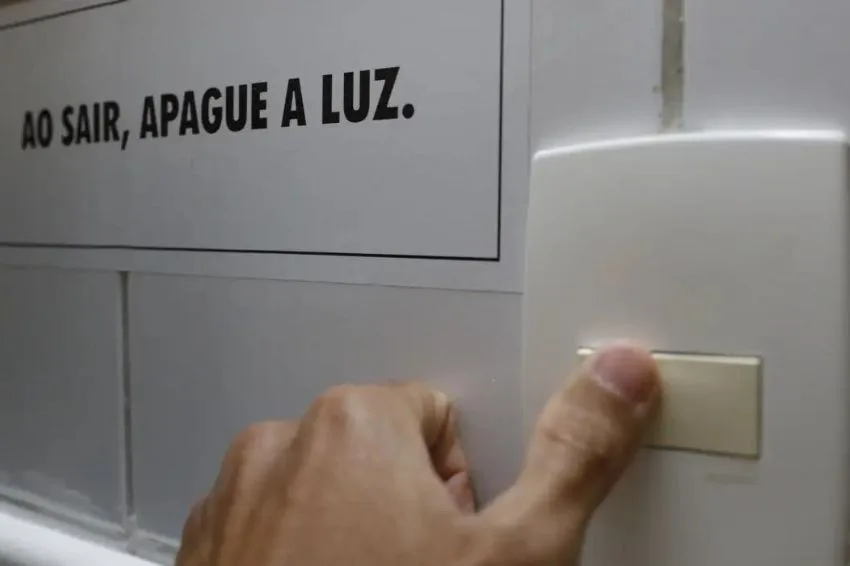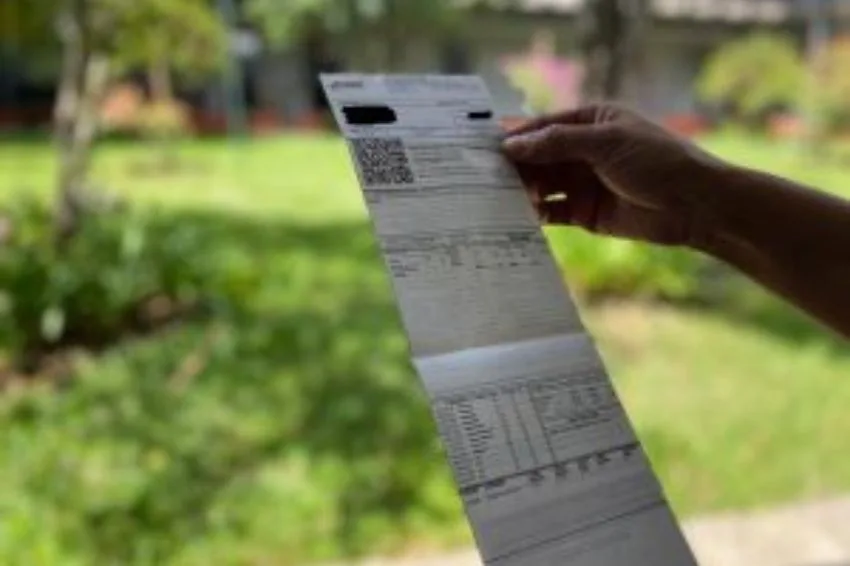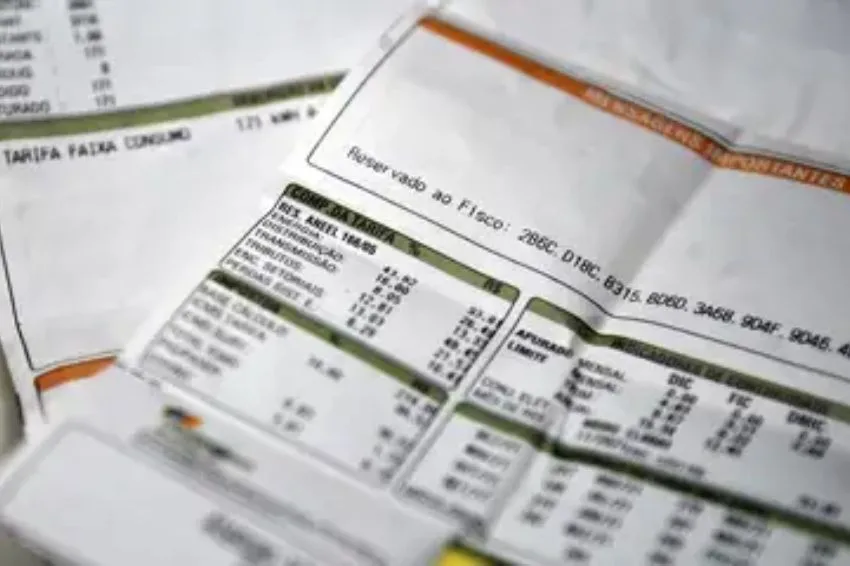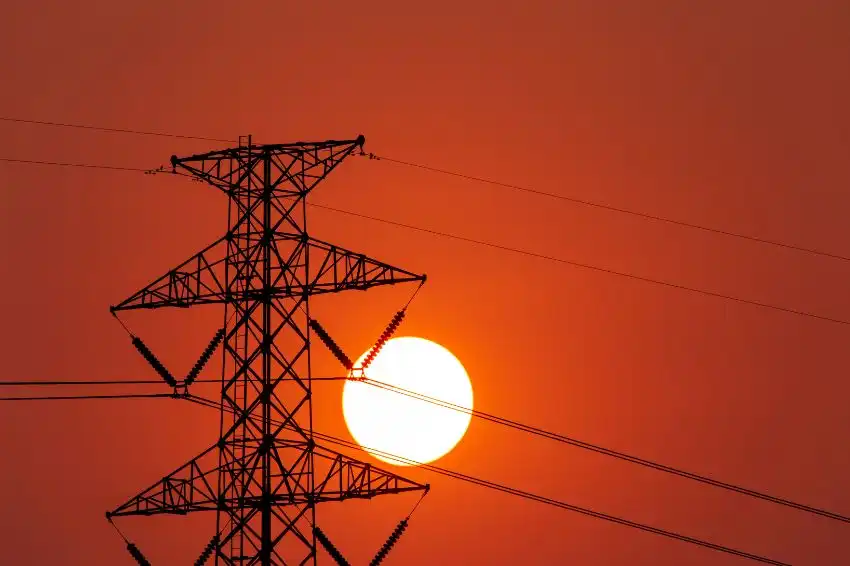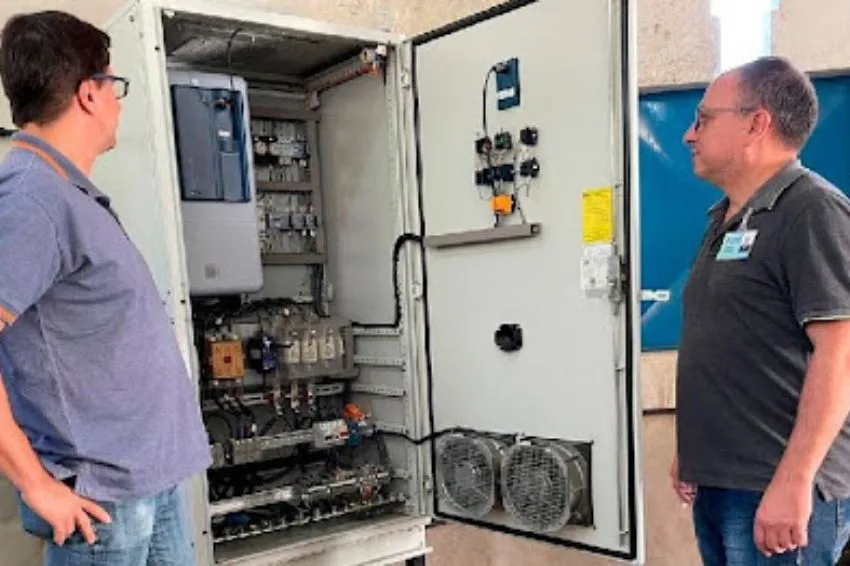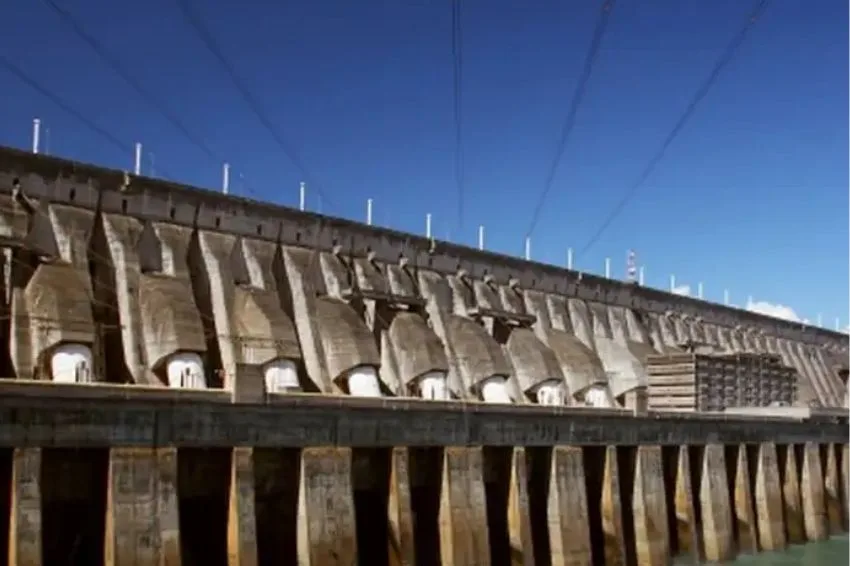A ANEEL (National Electric Energy Agency) launched, this Tuesday (29), the Subsidiometer - one digital tool what details the subsidies paid by consumers at electricity tariff.
O system reveals that the incentive granted to CCC (Fuel Consumption Account) – which is 100% destined for the country’s thermal generation plants – represents disparately to largest share paid by Brazilians in your rates.
At the end of each month, around 34,12% of the entire subsidy charged to the population's bill is intended for the cost of thermoelectric, which are highly polluting and harmful to the environment.
According to data published by ANEEL, only between January and November this year, more than R$ 8.9 billion were charged by the Federal Government to finance these projects in the country.
Already the benefits granted to GD (distributed generation) represent 9,63% of the subsidies charged in the energy tariff – which would have represented around R$ 2.31 billion in 2022, a volume almost four times smaller than that of thermoelectric plants.
Curiously, O amount charged for the benefits of GD, is the single point which has been criticized by energy utilities, who claim that the segment makes the population's electricity bill more expensive.
To the reviews by these entities, however, do not take into account all the benefits that the segment generates for the country, such as the reduction of technical losses, expenses on transmission and distribution infrastructure, in addition to greater diversification of the energy matrix and the generation of qualified jobs in underdeveloped regions.
Criticism of GD numbers
Despite stating that GD “cost” Brazilian consumers R$ 2.23 billion, several entities and professionals in the electricity sector question the lack of transparency in the numbers presented by the Subsidiometer – which does not present a consistent report explaining where this was “taken” from. value.
In recent months, the Agency itself has been criticized for the delay in presenting the GD valuation study (provided for in Law 14,300), with calculations on the costs of its own generation of renewable energy and the eventual transfer to consumers.
The entity had until July 7th to establish the issue, but to date this has not been done. In other words, any information regarding these values is now mere speculation, as no complete account has been presented.
ABSOLAR (Brazilian Association of Photovoltaic Solar Energy), for example, criticizes the regulator's lack of transparency.
Last year, the association published a study that highlights that solar DG alone will be responsible for bringing more than R$ 13.3 billion in net benefits to consumers in the Brazilian electricity sector in the coming years.
The calculation took into account attributes such as the relief brought to the operation of the electrical matrix, the postponement of investments in new generation plants, transmission networks and distribution infrastructure and the reduction in maintenance costs and electrical losses.
Fuel Consumption Account
The CCC is a charge charged in TUSD (distribution tariffs) and TUST (tariffs for the use of electrical distribution and transmission systems).
The subsidy is paid by electricity concessionaires to cover the annual costs of thermoelectric plants in areas not yet connected to the SIN (National Interconnected System), called “isolated systems”.
The annual amount is set by ANEEL for each company depending on its market and the greater or lesser need for the use of thermoelectric plants. The CCC was created by Article 13, item III of Law No. 5,899, of July 5, 1973.
The amounts allocated to it are included in the calculation of consumers' bills and passed on to the CCEE (Electric Energy Trading Chamber), which manages these resources.


